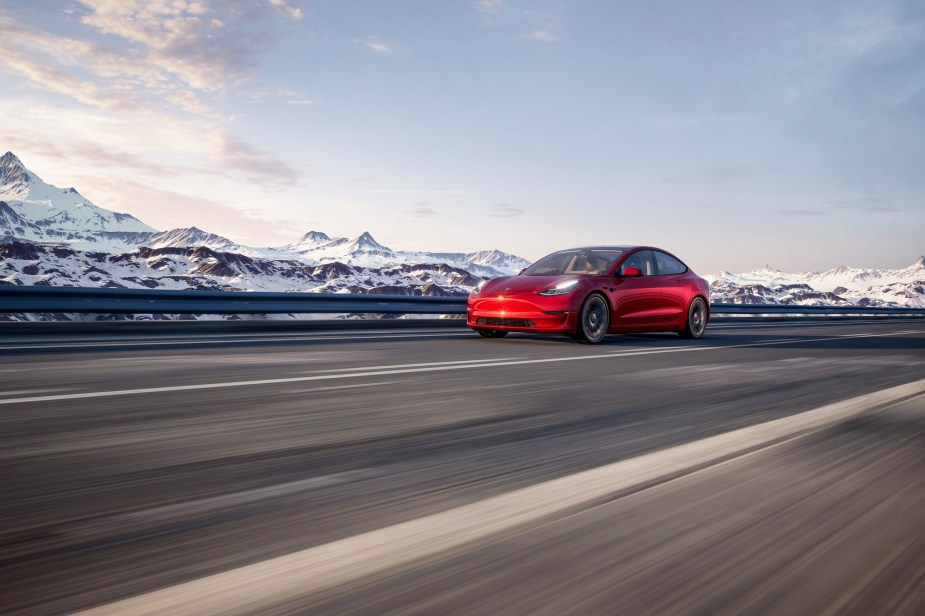
How To Avoid Losing More Range From Your Electric Car Battery in the Winter, According to Recurrent
It is no secret that electric vehicles, or EVs, lose range in temperatures below or above the optimal level. With current EV technology, there’s no way around electric car battery compromise in temperature extremes. However, you can maximize your winter range with a few mindful steps.
How do I maximize my EV range in the winter?
Here are a few ways to maximize your electric vehicle’s range in cold weather:
- Precondition your electric vehicle
- Turn off accessories and turn down regenerative braking
- Warm your battery if possible
- Use seat and wheel warmers to help warm your cabin

When should I precondition my EV battery?
Owners should precondition their EV batteries anytime they intend to operate their EV outside of an ideal temperature range. For many electric car batteries, that zone is around 70 degrees Fahrenheit.
Preconditioning involves using your EV’s smartphone app to warm your electric car battery to accommodate charging and operation at an optimal temperature range. As a result, preconditioning can help maximize your EV’s wintertime range. Moreover, Electric Together says if you wish to precondition your vehicle overnight, you’ll have to leave it plugged in for a few hours. Additionally, many new electric cars offer the option to set a preconditioning timeframe for daily operation with a smartphone app, making the process much easier.

What should you turn off in an electric vehicle to preserve winter range?
Turning off accessories and turning down regenerative braking in your electric vehicle can preserve some range in extreme temperatures. Any accessory you use in your electric car taxes the battery, including infotainment and hardware like automatic folding mirrors.
According to Recurrent, turning down regenerative braking will increase your access to your brakes in cold and possibly icy conditions. Moreover, regenerative braking uses your electric car’s battery management system, which will underperform due to the compromising effect of cold weather on your battery.
Do electric cars need a heated garage?
No, electric cars don’t need a heated garage to heat their batteries. However, a garage that keeps an EV at the optimal operating temperature of around 70 degrees Fahrenheit will allow the batter to perform better than in colder temperatures.
Additionally, heating a vehicle’s cabin will be easier if it’s stored in a heated space. Still, an EV has the advantage of producing no tailpipe emissions, so your vehicle can warm up inside or outside without producing harmful emissions.
Do electric cars have heated seats?
Many electric cars have heated seats as standard equipment, like the Nissan LEAF SV Plus and Tesla Model 3. Better yet, heated steering wheels can further warm occupants, decreasing the need for overusing climate control and taxing an electric car’s battery in winter weather.
According to Recurrent, using seat and steering wheel warmers uses less energy than relying on climate control exclusively to heat your cabin. As a result, occupants can get warmth from all three sources while compromising their electric car’s battery less than using climate control alone.
How does your electric car’s battery handle your cold weather drives? Tell us in the comments below!



